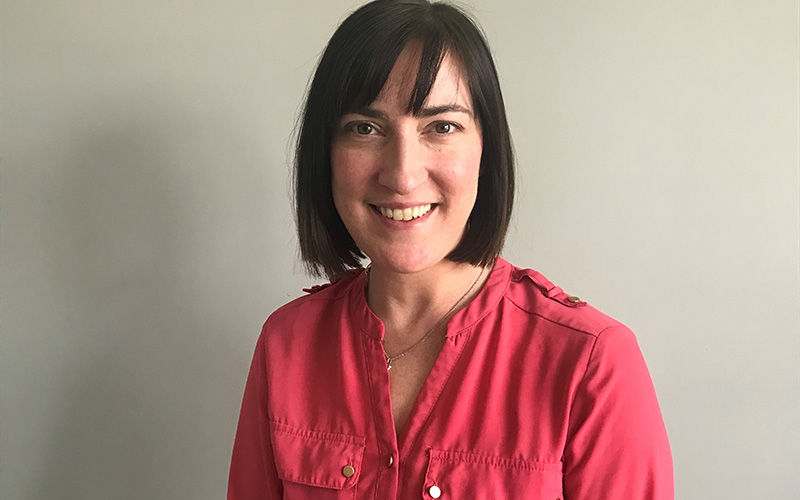This article originally published by the RICS Built Environment Journal, details everything you need to know about PAS 9980.
You can read the full article by Laura O’Donovan below:
In January 2022, the BSI published PAS 9980, a new code of practice for appraising the fire risk of external wall construction and cladding on existing blocks of flats.
The new PAS in part replaces the UK government’s 2020 Consolidated Advice Note (CAN) on building safety. The CAN was withdrawn after its treatment of risk in safe buildings was widely criticised as disproportionate.
PAS 9980 takes a more proportionate approach to building safety. Having been specifically developed for competent fire engineers and other building professionals performing a fire risk appraisal of external walls (FRAEW), it came into force on 31 January.
Guidance on identifying risk
The risk-based approach taken by PAS 9980 is based on the philosophy behind the Regulatory Reform (Fire Safety) Order 2005. The FRAEW was introduced following the Fire Safety Act 2021, and is designed to support the overall fire risk assessment for a building. It does so by quantifying the risk posed by external wall construction, and identifying preventive measures that will help satisfy the order’s requirements.
As a code of practice, the PAS addresses the risk from fire spread over the external walls of multistorey blocks of flats of any height, not just those of more than 18m. It draws on the lessons learned from previous fires where there was unexpected and significant external fire spread.
PAS 9980 provides a voluntary methodology for building owners to follow when conducting and recording FRAEWs. This will help establish the factors that influence the overall risk rating of a building, as well as measures that might improve it. The PAS identifies proportionate and pragmatic ways to better safeguard residents, as well as reduce excessive costs for remediation.
Considering mitigation holistically
The document acknowledges that the conventional means of mitigating risk is to address the hazard by remediating the deficiencies. However, this is in reality often difficult, disruptive and costly. The PAS therefore explains that it may also be possible to mitigate deficiencies by exploring alternative options.
PAS 9980 provides a means of appraising the likely fire performance of external walls. It also enables assessment of the risks associated with external fire spread in the context of the building’s use, occupancy and fire safety arrangements, thus meaning the building is considered holistically.
The risk-based approach means that any FRAEW will certainly be subjective, requiring competent persons to exercise their professional judgement. Proportionality is key.
An emphasis on assessors’ competence
PAS 9980 also provides commentary on the competence of external wall assessors. In particular, it focuses on how to behave professionally and ethically when there might be significant commercial, financial or legal pressure from clients to do otherwise.
The PAS demands that assessors are impartial and fair. They are also required to go beyond establishing what materials, components and systems are used in the external walls and interpret this information to offer an opinion on the fire risk these pose.
It is also important for those who are commissioning FRAEWs to verify that assessors have the necessary competence for the level of assessment required. The PAS helpfully sets out the skills typically expected of external wall assessors for different tasks or levels of assessment.
Note that a report prepared in accordance with the PAS is not intended as an alternative to the EWS1 form, which is for valuation purposes only. However, it can provide evidence to justify the option chosen on such a form.
In future, the UK government expects construction professionals to follow the code of practice in all FRAEWs, and to produce a report that indicates the PAS methodology has been used.


